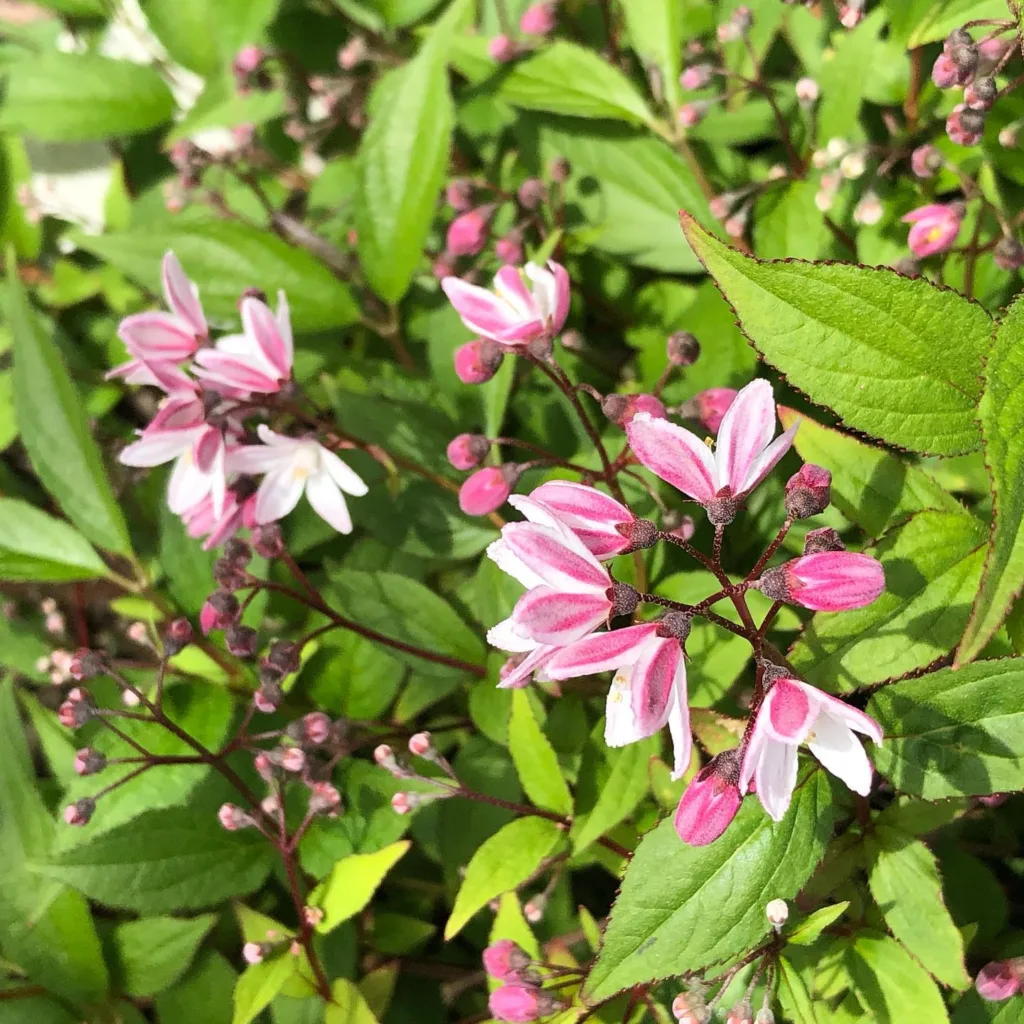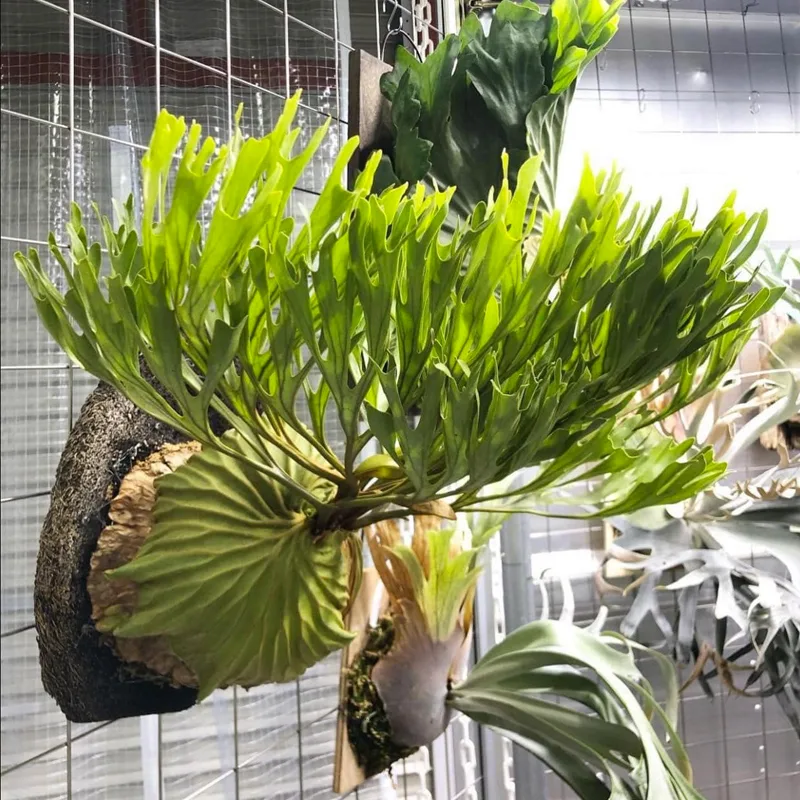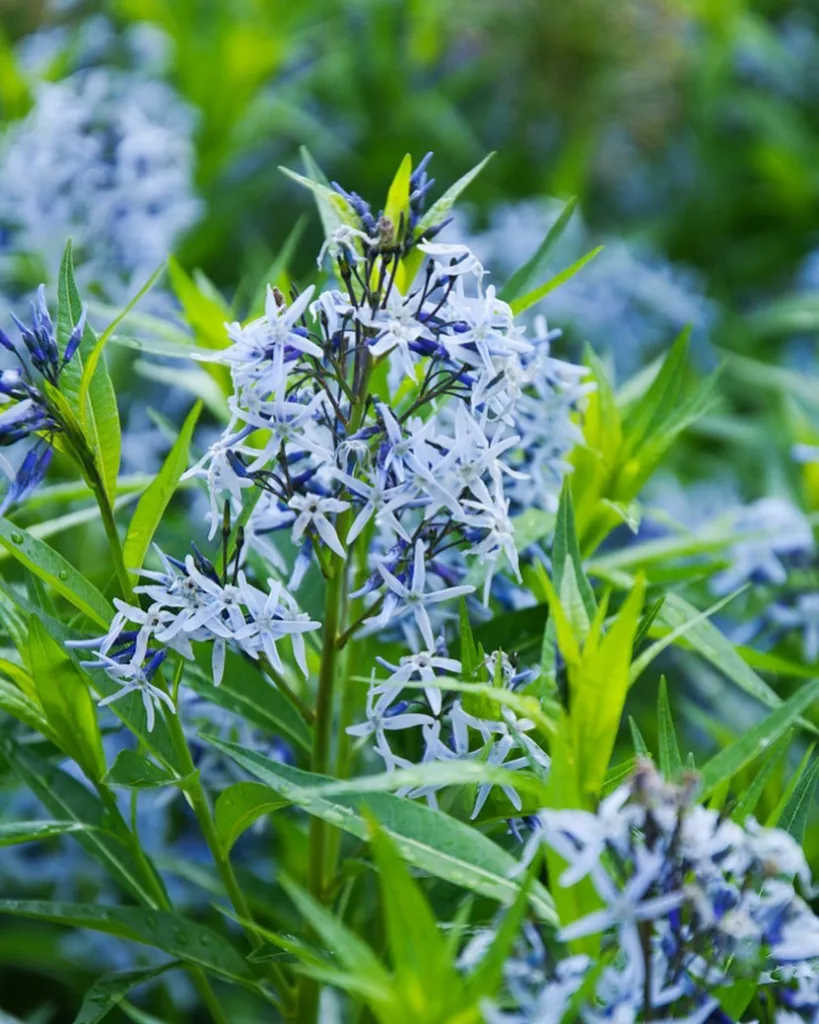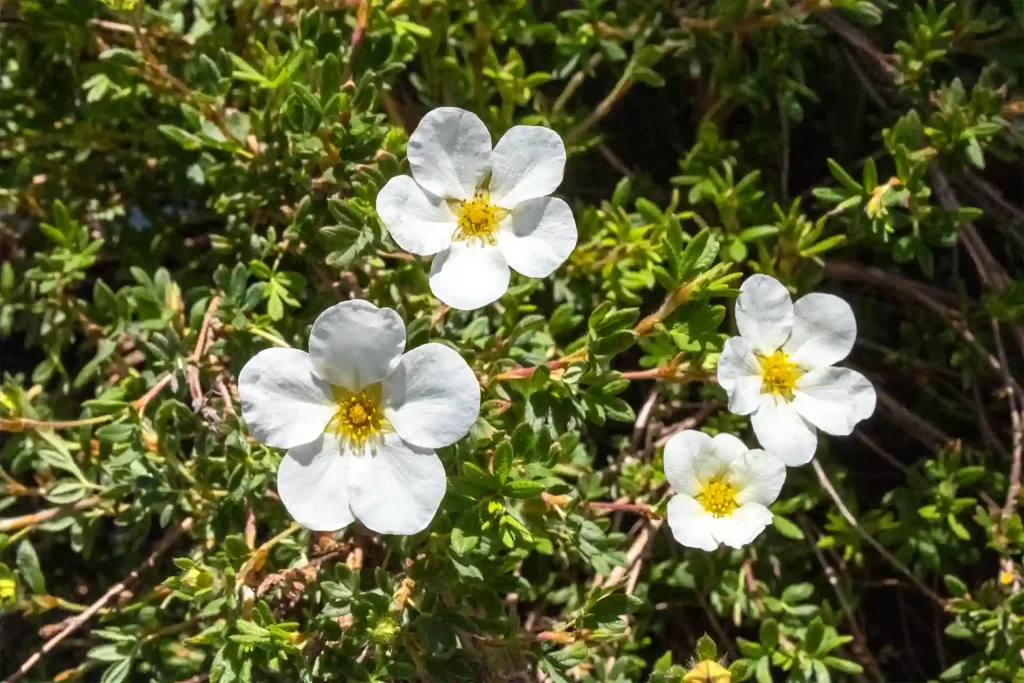
March 28 – Cylindropuntia
"Cylindropuntia, the cholla cactus, represents March 28."
Cylindropuntia symbolizes resilience and adaptability. You thrive in tough environments, finding ways to grow and flourish despite challenges. Like its spiny yet striking appearance, you protect your inner self while standing out with unique beauty and strength.
Cylindropuntia: A Thorny Fascination
I’ve always been drawn to the unique beauty of desert plants, and among them, the Cylindropuntia genus holds a special place in my heart. These cacti belong to the Cactaceae family, commonly known as chollas, are notorious for their barbed spines that tenaciously cling to anything that comes too close. But beneath their prickly exterior lies a fascinating world of adaptations and survival strategies that I find endlessly intriguing.
Understanding Cylindropuntia
Chollas are native to North America, primarily found in the southwestern United States and northern Mexico. They thrive in arid and semi-arid environments, their cylindrical stems and dense spines perfectly adapted to conserve water and deter herbivores. Unlike their flat-stemmed relatives, the Opuntia, chollas possess a unique characteristic: papery sheaths that cover their spines, adding another layer of defense.
A Diverse Genus
The Cylindropuntia genus encompasses a variety of species, each with its own distinct features and growth habits:
- Cylindropuntia fulgida (Jumping Cholla): Known for its easily detached stem segments that seem to “jump” onto passersby.
- Cylindropuntia imbricata (Tree Cholla): A larger species that can grow into a tree-like form with a sturdy trunk.
- Cylindropuntia bigelovii (Teddy Bear Cholla): Covered in dense, silvery spines that give it a soft, cuddly appearance, but don’t be fooled!
- Cylindropuntia leptocaulis (Desert Christmas Cactus): A slender species with bright red fruits that resemble Christmas ornaments.
- Cylindropuntia abyssi (Hester) Backeb.
- Cylindropuntia acanthocarpa (Engelm. & J.M.Bigelow) F.M.Knuth
- Cylindropuntia alcahes (F.A.C.Weber) F.M.Knuth
- Cylindropuntia anteojoensis (Pinkava) E.F.Anderson
- Cylindropuntia × antoniae P.V.Heath
- Cylindropuntia arbuscula (Engelm.) F.M.Knuth
- Cylindropuntia bernardina (Engelm. ex Parish) M.A.Baker, Cloud-H. & Rebman
- Cylindropuntia californica (Torr. & A.Gray) F.M.Knuth
- Cylindropuntia calmalliana (J.M.Coult.) F.M.Knuth
- Cylindropuntia × campii (M.A.Baker & Pinkava) M.A.Baker & Pinkava
- Cylindropuntia × cardenche (Griffiths) F.M.Knuth
- Cylindropuntia caribaea (Britton & Rose) F.M.Knuth
- Cylindropuntia cedrosensis Rebman
- Cylindropuntia cholla (F.A.C.Weber) F.M.Knuth
- Cylindropuntia chuckwallensis M.A.Baker & Cloud-H.
- Cylindropuntia ciribe (Engelm. ex J.M.Coult.) F.M.Knuth
- Cylindropuntia × congesta (Griffiths) F.M.Knuth
- Cylindropuntia davisii (Engelm. & J.M.Bigelow) F.M.Knuth
- Cylindropuntia densiaculeata Backeb.
- Cylindropuntia × deserta (Griffiths) Pinkava
- Cylindropuntia echinocarpa (Engelm. & J.M.Bigelow) F.M.Knuth
- Cylindropuntia fosbergii (C.B.Wolf) Rebman, M.A.Baker & Pinkava
- Cylindropuntia ganderi (C.B.Wolf) Rebman & Pinkava
- Cylindropuntia × grantiorum P.V.Heath
- Cylindropuntia hystrix (Griseb.) Areces
- Cylindropuntia × kelvinensis (V.E.Grant & K.A.Grant) P.V.Heath
- Cylindropuntia kleiniae (DC.) F.M.Knuth
- Cylindropuntia libertadensis Rebman
- Cylindropuntia lindsayi (Rebman) Rebman
- Cylindropuntia molesta (Brandegee) F.M.Knuth
- Cylindropuntia multigeniculata (Clokey) Backeb.
- Cylindropuntia munzii (C.B.Wolf) Backeb.
- Cylindropuntia × neoarbuscula (Griffiths) F.M.Knuth
- Cylindropuntia pallida (Rose) F.M.Knuth
- Cylindropuntia perrita (Griffiths) Majure
- Cylindropuntia prolifera (Engelm.) F.M.Knuth
- Cylindropuntia ramosissima (Engelm.) F.M.Knuth
- Cylindropuntia sanfelipensis (Rebman) Rebman
- Cylindropuntia santamaria (E.M.Baxter) Rebman
- Cylindropuntia tesajo (Engelm.) F.M.Knuth
- Cylindropuntia × tetracantha (Toumey) F.M.Knuth
- Cylindropuntia thurberi (Engelm.) F.M.Knuth
- Cylindropuntia tunicata (Lehm.) F.M.Knuth
- Cylindropuntia × viridiflora (Britton & Rose) F.M.Knuth
- Cylindropuntia × vivipara (Rose) F.M.Knuth
- Cylindropuntia waltoniorum Rebman
- Cylindropuntia whipplei (Engelm. & J.M.Bigelow) F.M.Knuth
- Cylindropuntia wolfii (M.A.Baker) M.A.Baker
Adaptations for Survival
Chollas have evolved a remarkable set of adaptations to survive in harsh desert conditions. Their cylindrical stems help to reduce surface area and minimize water loss through transpiration. The dense spines not only protect them from herbivores but also provide shade and reduce air flow around the plant, further reducing water loss.
One of the most fascinating adaptations of chollas is their ability to reproduce vegetatively. Stem segments can easily detach from the plant and take root, forming new plants. This allows chollas to spread quickly and colonize new areas, even in the face of harsh conditions.
The Beauty of Chollas
While their prickly reputation may precede them, chollas possess a unique beauty that I find captivating. Their intricate patterns of spines, their vibrant flowers, and their ability to thrive in such challenging environments all contribute to their allure.
I’ve spent countless hours observing chollas in their natural habitat, marveling at their resilience and their ability to adapt. I’ve witnessed their delicate flowers bloom in the spring, attracting pollinators with their vibrant colors. I’ve seen their fruits ripen in the summer, providing sustenance for desert animals. And I’ve watched them stand tall and proud against the harsh desert winds, a testament to their strength and endurance.
A Respectful Approach
While I admire chollas from a distance, I always approach them with caution and respect. Their spines are not to be taken lightly, and I’ve learned from experience to keep a safe distance. But even from afar, I can appreciate their unique beauty and their important role in the desert ecosystem.
Chollas are a reminder that beauty can be found in unexpected places, even in the most challenging environments. They teach us about resilience, adaptation, and the interconnectedness of life. And they remind us to appreciate the diversity and complexity of the natural world, even in its most prickly forms.
If i die, water my plants!



